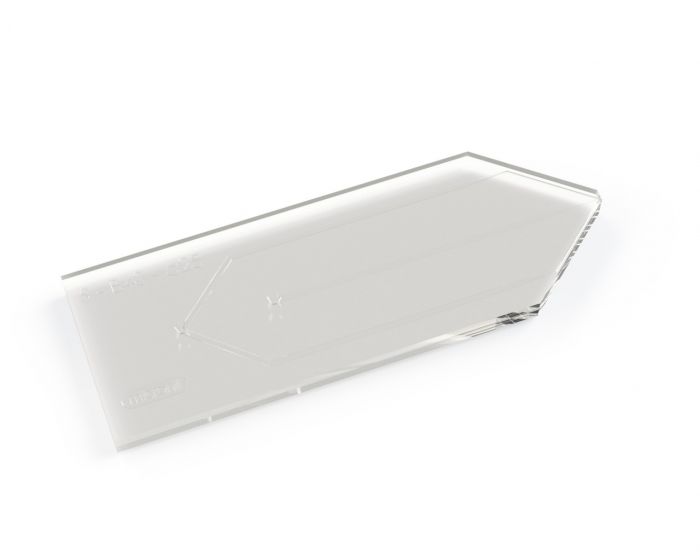Sheet nozzle - 2 inlet ports - coated
SKU
11000957
Availability:
In stock
€1,462.00
per pack of 10
Pack of 10 coated spray nozzles that create thin-film liquid sheets.
Spray nozzles to create thin-film liquid sheets. The spray nozzles are manufactured from borosilicate glass. With these nozzles free-flowing, sub-micron liquid sheets can be created. The sheets are tunable in thickness from over 1μm down to less than 20nm, which corresponds to fewer than 100 water molecules thick. At this thickness, aqueous sheets can readily transmit photons across the spectrum, leading to potentially transformative applications in infrared, Xray, electron spectroscopies and beyond. These sheets are used at free-electron laser and synchrotron light sources.
| Unit of measurement | pack of 10 |
|---|---|
| Interface type | Topconnect - product specific |
| Details for interfacing | This product require an interfacing tool supplied by a third party, see Product Questions for details. |
| Chip material | Borosilicate glass |
| Coating | Hydrophobic coating |
| Icon | Label | Description | Type | Size | Download |
|---|---|---|---|---|---|
 | Sheet nozzle - How to use | 195.5 KB | Download | ||
 | 2-Port Sheet Nozzle SHT-G.025-01 | Drawing for the 2-port Sheet nozzle. Item 00957 | 64.6 KB | Download |
Customer Questions

